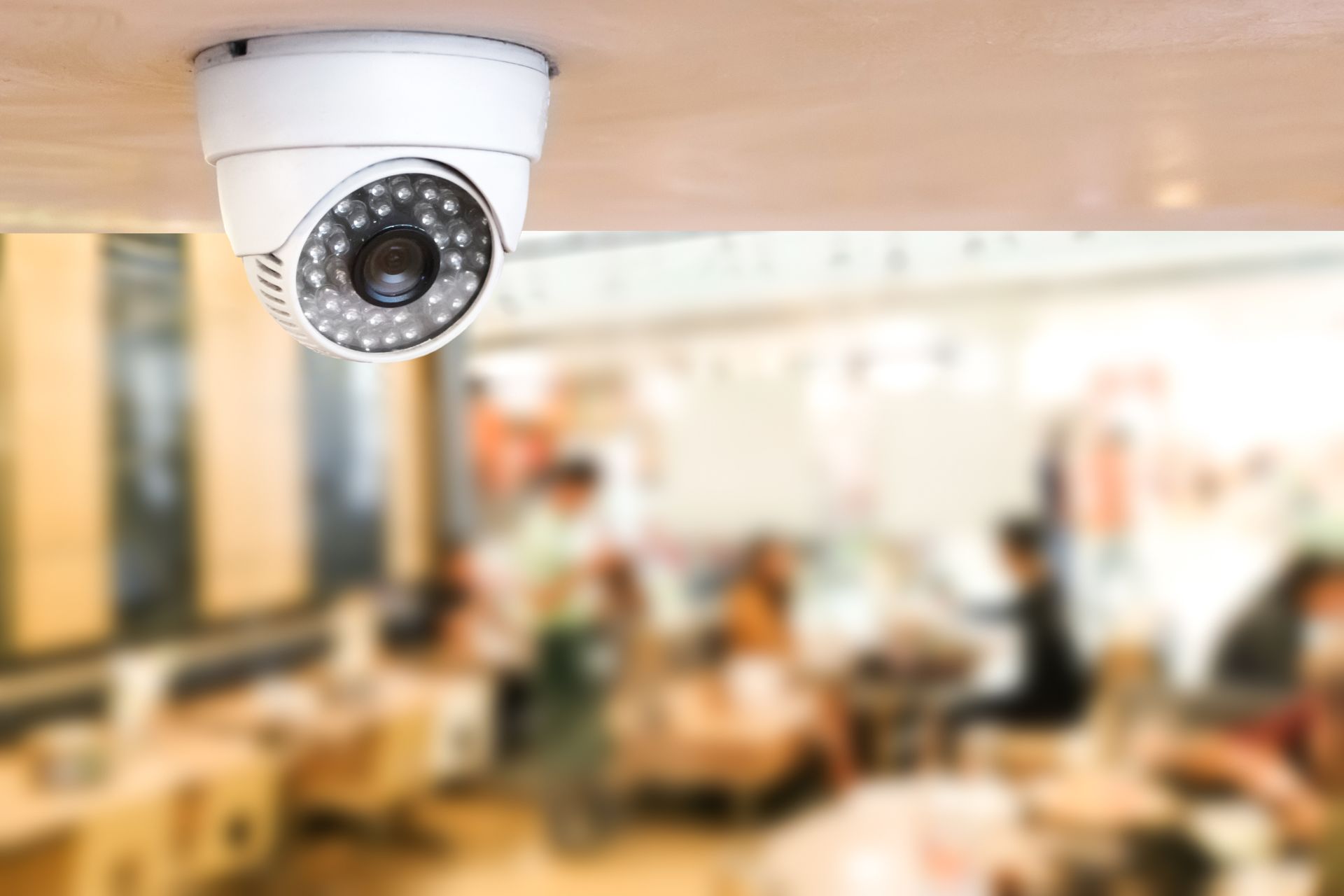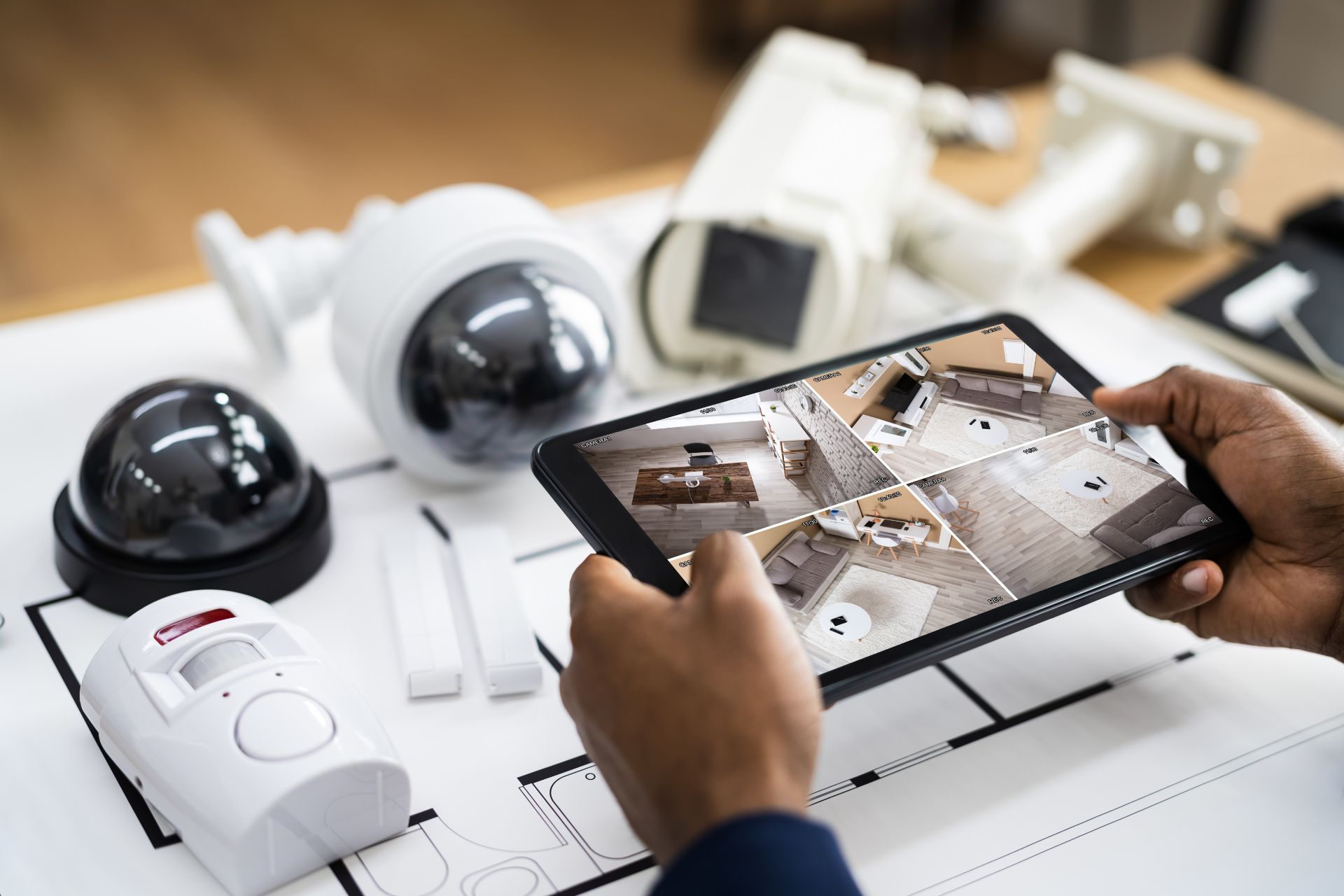Frequently Asked Questions
When considering the optimal mounting locations for a 360-degree security camera indoors, several key factors must be taken into account to maximize surveillance coverage and effectiveness. Ideal placements include high corners of rooms, where the camera can capture a wide field of view while minimizing obstructions from furniture or decor. Mounting the camera on ceilings, particularly in entryways, hallways, and open-concept living areas, allows for comprehensive monitoring of foot traffic and potential security breaches. Additionally, positioning the camera near windows can enhance visibility of outdoor areas while still maintaining an unobstructed panoramic view of the interior space. It is also beneficial to avoid direct sunlight to prevent glare and ensure clear image quality. Furthermore, ensuring that the camera is securely mounted to prevent tampering and that it is connected to a reliable power source and Wi-Fi network will enhance its functionality and performance in providing real-time alerts and recorded footage for effective home or business security management.
To configure the Wi-Fi settings for a 360-degree security camera, the user must first ensure that the camera is powered on and within range of the wireless router to maintain a stable connection. They should then download the corresponding mobile application or software provided by the camera manufacturer, which typically facilitates the setup process through a user-friendly interface. After creating an account or logging in, the user will need to navigate to the Wi-Fi settings section within the app, where they can select their home network from the list of available SSIDs. It is crucial to input the correct Wi-Fi password to establish a secure connection, ensuring that the camera can stream high-definition video and receive firmware updates seamlessly. Once connected, the user may also want to adjust additional settings such as motion detection sensitivity, cloud storage options, and notification preferences to optimize the camera's performance and enhance overall security monitoring. Finally, conducting a test to verify the camera's connectivity and functionality will confirm that the Wi-Fi configuration has been successfully completed.
To successfully install a 360-degree security camera on an exterior wall, several essential tools are required to ensure a secure and efficient setup. A power drill with appropriate drill bits is crucial for creating holes in various wall materials, such as brick, concrete, or wood, facilitating the installation of mounting brackets. A stud finder can help locate wall studs for optimal support, while a level ensures that the camera is mounted straight, preventing any misalignment that could affect its field of view. Additionally, a screwdriver set is necessary for securing screws and anchors, and a measuring tape aids in precise placement. For those working in outdoor environments, a weatherproof sealant may be needed to protect wiring and connections from moisture. Finally, a ladder or scaffolding may be required to reach higher installation points safely, ensuring that the camera has an unobstructed panoramic view of the surrounding area.
To ensure optimal video quality and resolution for a 360-degree security camera, it is essential to consider several key factors that influence performance. First, selecting a camera with a high megapixel count, such as 4MP or 8MP, significantly enhances image clarity and detail, allowing for better identification of subjects in various lighting conditions. Additionally, utilizing advanced compression technologies like H.265 can improve bandwidth efficiency while maintaining high-definition video quality. Proper placement of the camera is crucial; it should be positioned to minimize obstructions and maximize the field of view, ideally at a height that reduces glare and reflections. Furthermore, ensuring a stable and robust internet connection, preferably through a wired Ethernet setup, can prevent latency and buffering issues, which are detrimental to real-time monitoring. Regular firmware updates and maintenance of the camera's lens and housing will also contribute to sustained performance, while integrating features such as night vision, motion detection, and cloud storage can enhance overall functionality and security.
Integrating a 360-degree security camera with a smart home system involves several methodical steps to ensure seamless functionality and enhanced surveillance capabilities. Initially, the user must select a compatible 360-degree camera that supports Wi-Fi connectivity and is compatible with the existing smart home ecosystem, such as Google Home, Amazon Alexa, or Apple HomeKit. Following the purchase, the user should download the corresponding mobile application, which facilitates the camera's configuration and management. Next, the camera needs to be powered on and connected to the home Wi-Fi network, ensuring a stable internet connection for real-time monitoring and cloud storage options. Once connected, the user can link the camera to the smart home hub or app, allowing for automation features such as motion detection alerts, live streaming, and two-way audio communication. Additionally, the user may configure specific settings, such as privacy zones and recording schedules, to optimize the camera's performance. Finally, integrating the camera with other smart devices, like smart locks or lights, can enhance security measures, enabling automated responses to detected motion or unusual activity, thereby creating a comprehensive smart home security solution.

